What’s the Role of the Land Carbon Sink in Achieving US Climate Goals?
Union of Concerned Scientists
APRIL 10, 2024
I dug into this complexity with my energy colleagues in the context of their recent analysis of pathways for how the US can meet its goals to cut heat-trapping emissions 50%-52% below 2005 levels by 2030, and achieve net zero emissions no later than 2050. That analysis assumed the U.S.


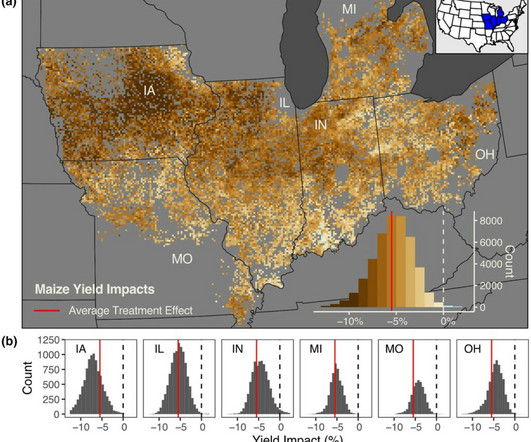

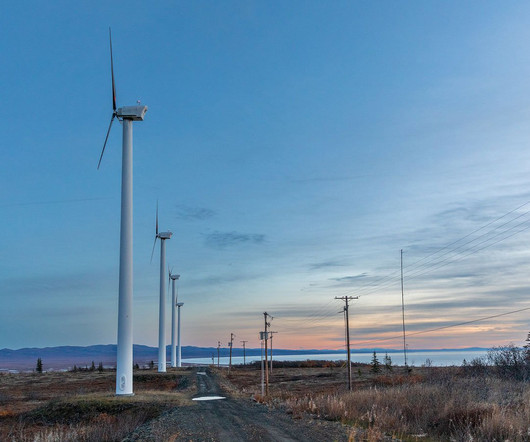

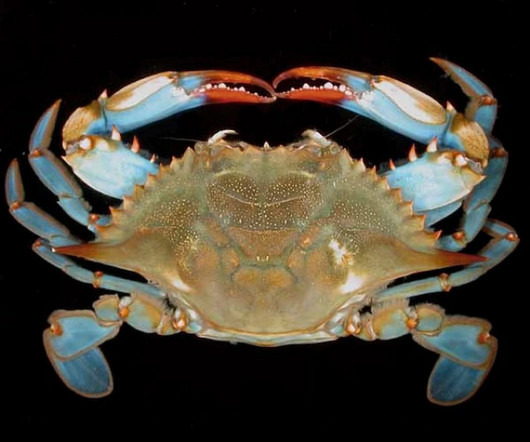
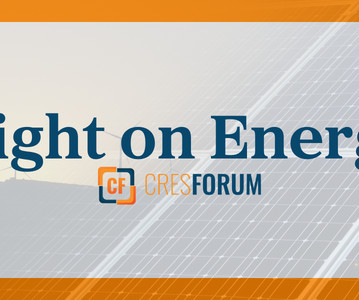
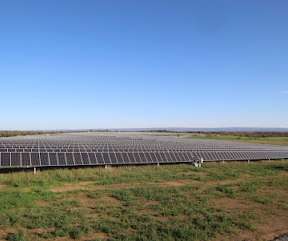
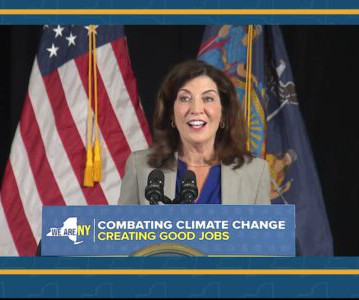







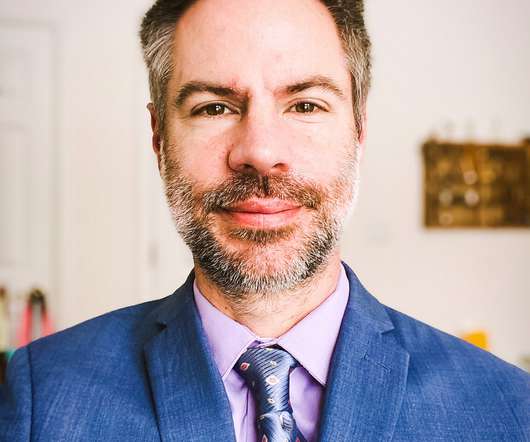










Let's personalize your content